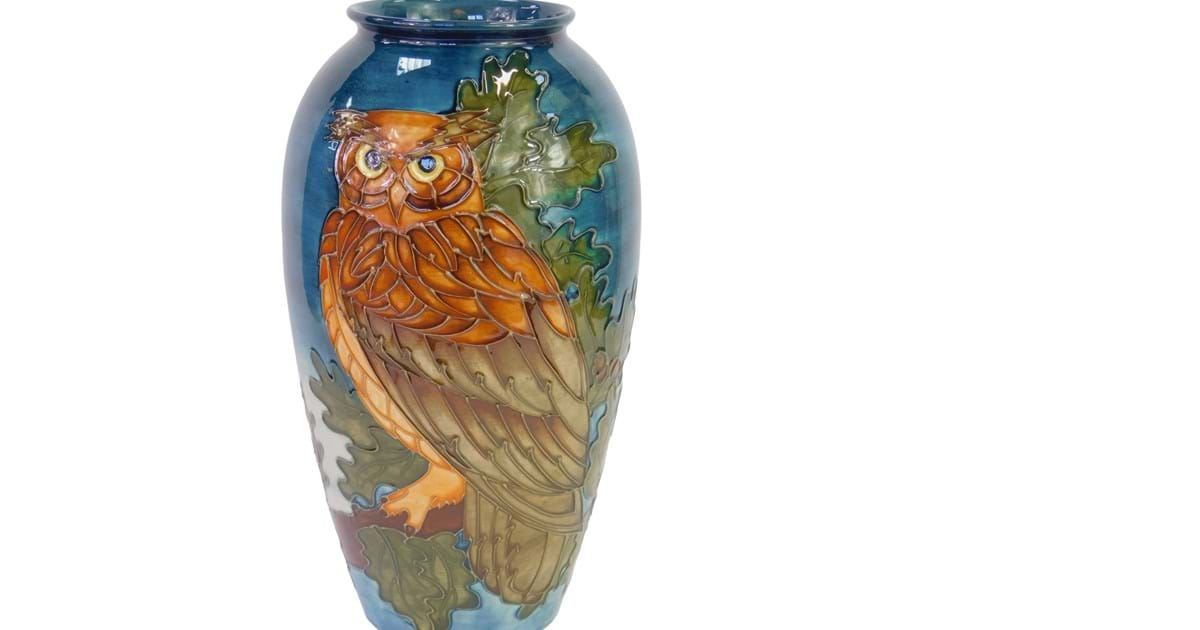The 14th century love or loyalty seal is believed to have been dropped by a nobleman of the day and is expected to attract international interest when it is featured in the next sale at auctioneers Golding Young & Mawer on Wednesday, December 19.
Auctioneer John Leatt said: "This seal was discovered in a field in East Keal, Lincolnshire, in the last two years and is extremely rare.
"We are aware of very few seals of this age that have come onto the market and certainly none that have been in as good condition or quality.
"It will appeal to collectors of medieval artefacts and seals and we expect it to sell for a hammer price of between £2,000 and £3,000."
The seal matrix has been identified and authenticated by the British Museum and also disclaimed as treasure trove under the Treasure Act of 1996.
The word 'seal' has two meanings - it refers to the seal matrix, a metal object, usually engraved with a design and often an inscription, which was used to seal a document, and the seal impression, a piece of wax or similar material attached to a document upon which the seal design was imprinted using a matrix.
The image on the seal identified the author of a document and was supposed to prevent forgeries or people tampering with official documents. They also enabled illiterate people to declare their consent to an agreement even if they could not sign their names.
Silver seals are the rarest of all seals and would have been used by the elite of society. They were very expensive and a goldsmith would have been commissioned to produce them. The engraving on high status seals is superior as the metal is softer and easier to cut than cheaper metals such as bronze.

